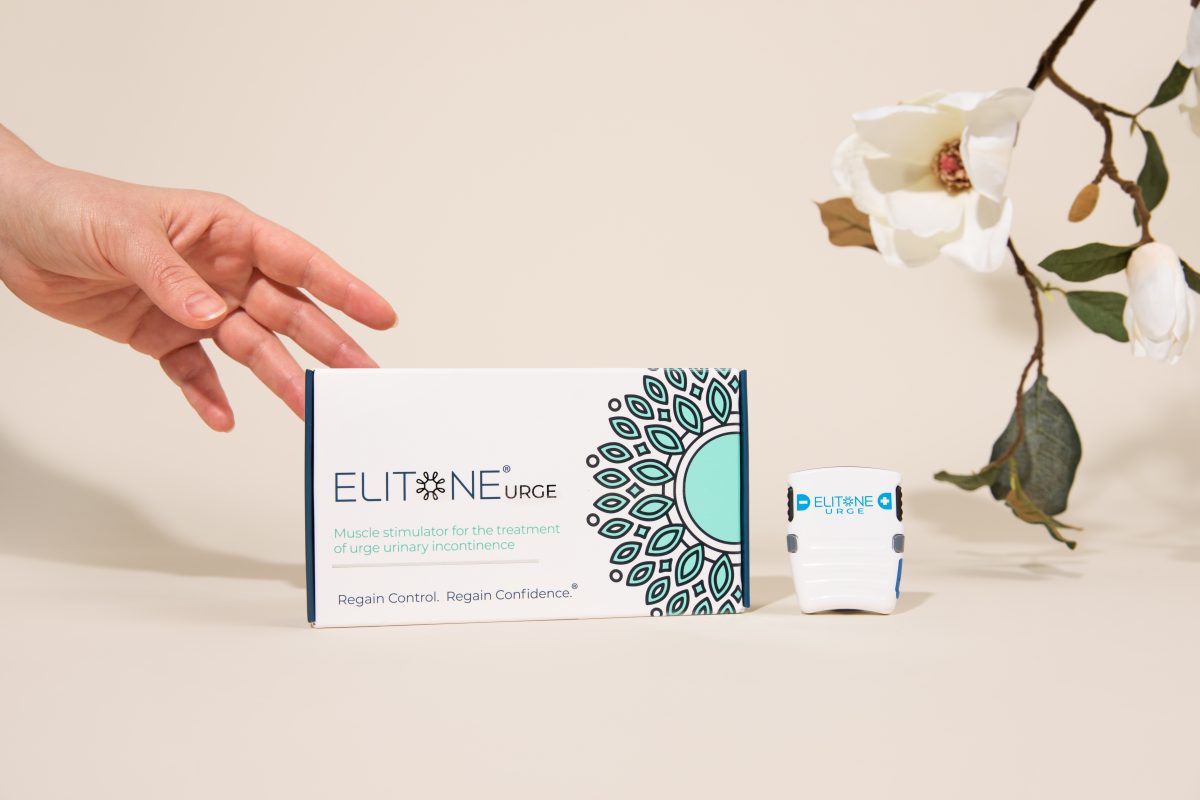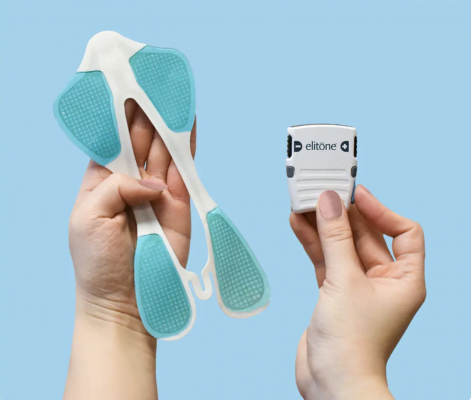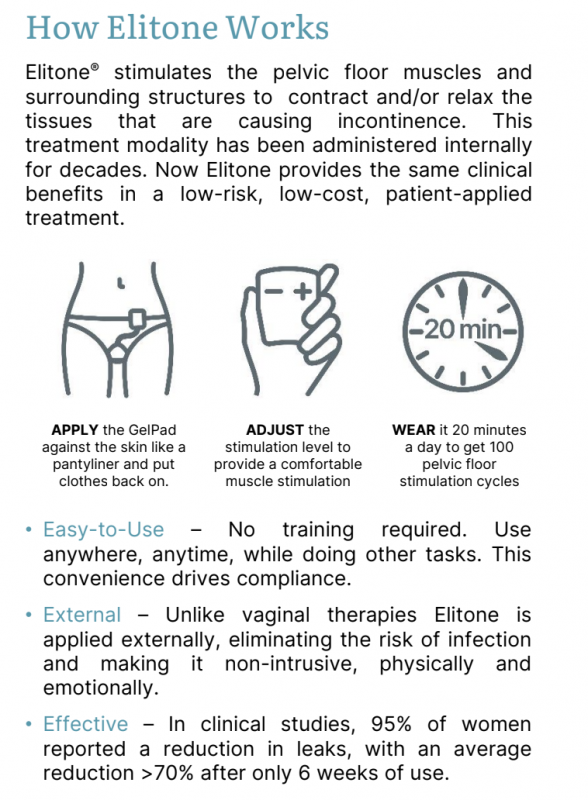Incontinence is a common medical condition that affects millions of individuals worldwide, yet it continues to be misunderstood and stigmatized. One type of incontinence that is often overlooked is mixed incontinence, which occurs when an individual experiences both stress and urge urinary incontinence. In this blog post, we will delve into the complex causes of mixed incontinence and explore the various treatment options available. From understanding the different types of urinary incontinence to examining contributing factors such as age and lifestyle choices, we will provide a comprehensive overview of this condition. Whether you are living with mixed incontinence or know someone who is, it's important to have a better understanding so that together, we can break the silence surrounding this common but manageable condition.
Introduction To Mixed Incontinence
Mixed incontinence is a common yet widely misunderstood condition that affects both men and women. It occurs when an individual experiences symptoms of both stress and urge incontinence, making it a complex and often frustrating condition to manage. Understanding the underlying causes of mixed incontinence is crucial in finding the most effective treatment options. In this blog post, we will delve into the complex nature of mixed incontinence, its potential causes, and various treatment options available for those living with this condition. By shedding light on this often overlooked topic, we hope to provide valuable insights for individuals struggling with mixed incontinence and encourage open conversation about this important issue.
Understanding The Types Of Urinary Incontinence
Urinary incontinence can be a complex and embarrassing condition, but understanding the different types can help individuals better manage their symptoms. One type of urinary incontinence is mixed incontinence, which is a combination of stress and urge incontinence. Stress incontinence occurs when pressure on the bladder causes leakage of urine, often during physical activities such as coughing or sneezing. On the other hand, urge incontinence is characterized by a sudden and intense urge to urinate, sometimes resulting in involuntary leakage. Mixed incontinence can be caused by a variety of factors such as childbirth, menopause, or nerve damage. It's important to seek medical advice for an accurate diagnosis and to explore treatment options that can effectively manage both types of incontinence. Understanding the underlying causes and available treatment options can provide relief and improve quality of life for those living with mixed incontinence.
The Relationship Between Urinary Incontinence And Age
Urinary incontinence is a common issue that affects people of all ages, but it becomes increasingly prevalent as we grow older. Studies have shown that age plays a significant role in the development of urinary incontinence, with its prevalence rising from 17% in individuals aged 60-69 to over 23% in those aged 80 and above. This is due to the natural changes that occur in our bodies as we age, such as weakened pelvic floor muscles and decreased bladder capacity. Additionally, underlying medical conditions and medications commonly associated with aging can also contribute to the development of urinary incontinence. It is crucial for individuals experiencing this condition to seek proper diagnosis and treatment, as there are various options available depending on the type and severity of urinary incontinence they are experiencing. Understanding the relationship between age and urinary incontinence can help us be more proactive about prevention and management strategies, leading to a better quality of life for those affected by this condition.
Contributing Factors To Mixed Incontinence
Mixed incontinence is a common and often complex condition that affects both men and women. There are several contributing factors to mixed incontinence, including weak pelvic floor muscles, urinary tract infections, neurological disorders, and hormonal changes. Weak pelvic floor muscles can be caused by aging, obesity, pregnancy, and childbirth. Urinary tract infections can irritate the bladder and cause urgency or leakage. Neurological disorders such as Parkinson's disease or multiple sclerosis can disrupt nerve signals between the brain and bladder, leading to incontinence. Hormonal changes during menopause can also weaken the pelvic floor muscles and affect bladder control. It is important to understand these contributing factors in order to properly diagnose and treat mixed incontinence. With proper management, individuals with mixed incontinence can experience significant improvements in their symptoms.
Diagnosis And Evaluation Of Mixed Incontinence
Mixed incontinence is a type of urinary incontinence that occurs when an individual experiences a combination of stress and urge incontinence. While the exact cause of mixed incontinence can be complex and varied, it is often linked to multiple underlying factors such as weak pelvic floor muscles, nerve damage, or hormonal imbalance. To properly diagnose this condition, a healthcare provider may perform various tests including urine analysis, bladder diary, and urodynamic testing. These evaluations can also help determine the severity of the condition and guide treatment options. It is important for individuals experiencing mixed incontinence to seek medical care and undergo proper diagnosis to receive appropriate treatment for their specific case.
Treatment Options For Mixed Incontinence
Mixed incontinence is a common condition that affects both men and women, and it occurs when an individual experiences both urinary urgency and stress incontinence. It can have a significant impact on one's daily life, causing embarrassment, anxiety, and a reduced quality of life. However, there are several treatment options available to manage mixed incontinence effectively. These include lifestyle changes such as reducing caffeine intake and practicing pelvic floor muscle exercises, medications to relax the bladder muscles or increase its storage capacity, and surgical procedures to address physical causes of incontinence. It is essential to consult with a healthcare professional to determine the best treatment plan for your specific case of mixed incontinence. With the right approach and support, managing this condition can significantly improve one's quality of life.
Elitone: A Comprehensive Solution for Mixed Urinary Incontinence
Elitone is a revolutionary, non-invasive medical device designed to treat stress, urge, and mixed urinary incontinence in women. It works by delivering gentle electrical stimulation to either the pelvic floor muscles or the nerves that control the bladder, depending on the type of incontinence being treated.
For stress incontinence, Elitone strengthens the pelvic floor muscles through a series of contractions, similar to Kegels, helping prevent leaks during activities like coughing or laughing. For urge incontinence, a different form of Elitone, called Elitone URGE, works by calming the overactive bladder muscles, reducing the sudden urge to urinate.
Mixed incontinence is a combination of both stress and urge incontinence, and Elitone offers a comprehensive solution for this common issue. The original Elitone device, which focuses on strengthening the pelvic floor, can also help with urge incontinence symptoms for some women. However, for those with more pronounced urge incontinence, using Elitone in conjunction with Elitone URGE might be the most effective approach. By addressing both aspects of mixed incontinence, Elitone can significantly improve bladder control and quality of life for those who suffer from this condition.
Gloria Kolb is an inventor with more than 20 patents, and serial entrepreneur with over 20 years of experience in product development and commercialization of medical devices. Her creative designs and ability to solve unmet clinical needs has led to prestigious awards including Boston’s “40 under 40”, MIT Technology Review’s “World’s Top Innovators under 35”, and
Fortune Small Business’ 14 Hot Startups. Ms. Kolb earned Mechanical Engineering degrees from MIT and Stanford University, and an MBA in Entrepreneurship from Babson College.
While at Babson, she won the Douglass Business Plan Competition, and was runner-up in the national Carrot Capital, Moot Corp and MIT business plan competitions. Ms. Kolb also earned Kauffman Foundation and Babson fellowships. Her latest endeavor, Elidah, brings the first non-invasive wearable treatment to the millions of women that have stress urinary incontinence.
Behavioral Strategies For Managing Mixed Incontinence
Behavioral strategies can be an effective way to manage mixed incontinence, a type of urinary incontinence that is caused by a combination of stress and urge incontinence. These strategies focus on changing certain behaviors or habits that can worsen the symptoms of mixed incontinence. This can include bladder training, where individuals train their bladder to hold urine for longer periods of time, pelvic floor muscle exercises to strengthen the muscles that control urination, and fluid management to avoid consuming large amounts of liquid at once. In addition, making dietary changes such as avoiding caffeine and spicy foods can also help manage mixed incontinence. By implementing these behavioral strategies, individuals may experience a significant improvement in their symptoms and have more control over their bladder function.
Medication Therapies For Mixed Incontinence
When it comes to treating mixed incontinence, medication therapies can play a crucial role. Mixed incontinence is a type of urinary incontinence that is caused by both stress and urge factors. This means that the bladder muscles are overactive and weakened at the same time, making it difficult for the person to control their urine flow. Medications for this condition work by targeting the specific underlying causes. For example, anticholinergic drugs help to relax an overactive bladder while estrogen therapy can strengthen pelvic floor muscles in postmenopausal women. It is important to note that medication therapy may not be effective for everyone and should always be used under the guidance of a healthcare professional. Additionally, combining medication with other treatments such as pelvic floor exercises or behavioral therapy may provide even better results in managing mixed incontinence symptoms.
Surgical Interventions For Mixed Incontinence
Surgical interventions for mixed incontinence may be recommended when conservative treatments such as pelvic floor exercises and medications do not effectively manage symptoms. These surgical procedures aim to improve bladder function and reduce leakage by addressing both stress and urge urinary incontinence simultaneously. The most common surgery for mixed incontinence is the sling procedure, which involves placing a supportive mesh or tape under the urethra to provide better support and control during physical activities that could trigger stress incontinence. Other surgeries may involve enlarging the bladder or implanting a device that delivers electrical stimulation to nerves controlling bladder function. While surgery is generally considered a last resort, it can provide significant relief for those living with mixed incontinence who have not found success with other treatment options. It's important to discuss all available options with your doctor to determine the best course of action for your individual needs.
Lifestyle Changes For Managing Symptoms
Lifestyle changes can be an effective way to manage the symptoms of mixed incontinence. By making small adjustments to daily routines and habits, individuals can reduce the frequency and severity of both urge and stress incontinence. These changes may include bladder training exercises, such as scheduled bathroom breaks, kegel exercises to strengthen pelvic floor muscles, and dietary modifications. Avoiding triggers like caffeine, alcohol, and spicy foods can also help decrease episodes of urge incontinence. Staying hydrated with enough water throughout the day is important for overall bladder health. Additionally, maintaining a healthy weight and regular physical activity can improve control over the bladder muscles. By incorporating these lifestyle changes into your daily routine along with medical treatments, you can better manage your mixed incontinence symptoms and improve your quality of life.

ELITONE
Urge Incontinence (Overactive Bladder): Elitone URGE calms overactive nerves, reducing that urgent need to rush to the bathroom. It's a convenient at-home solution, a great alternative to medications with side effects or complex procedures.





